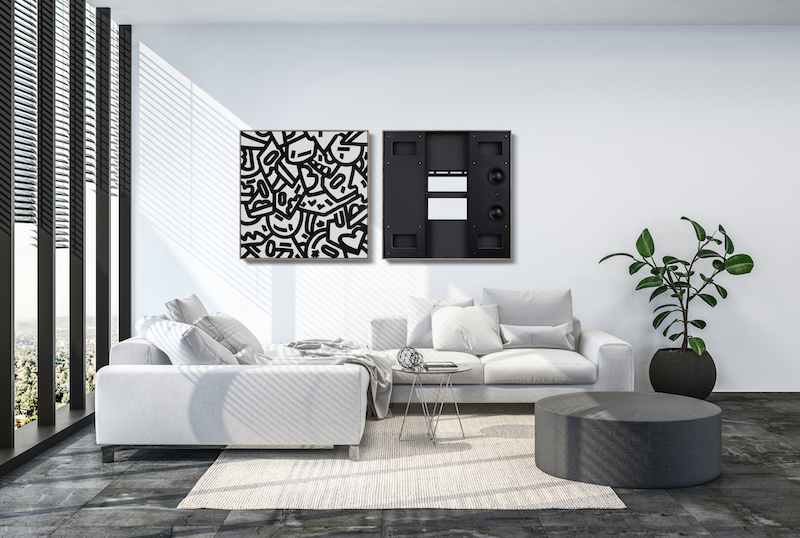The Smart Home Market is projected to grow from $84.5 billion in 2021 and is projected to reach $138.9 billion by 2026; it is expected to grow at a CAGR of 10.4% from 2021 to 2026.
The data was gathered from market research report “Smart Home Market with COVID-19 Impact Analysis by Product (Lighting Control, Security & Access Control, HVAC Control, Smart Speaker, Smart Kitchen, Smart Furniture), Software & Services, Sales Channel, and Region – Global Forecast to 2026”, published by MarketsandMarkets.
The increasing number of internet users and growing adoption of smart devices along with the growing need for energy-saving and low carbon emission-oriented solutions has been crucial for the increased demand for smart home systems. In addition to this, factors such as the increasing importance of home monitoring in remote locations and growing concern with regards to safety, security, and convenience among the general population are driving the growth of the smart home market.
“Entertainment and other controls to hold the largest share of the smart home market during the forecast period”
The entertainment and other controls segment is expected to account for the largest share of the smart home market during the forecast period. The growth of the audio, volume, and multimedia room control market is driven by the convenience offered by these controls for managing as well as controlling entertainment systems within a house. The advancements in wireless communication technologies are a major factor boosting the growth of the home theater system control market, thereby driving the smart home market for entertainment control. The market growth of the other controls segment can be attributed to the high demand for smart meters and smoke detectors as well as the increasing popularity of smart plugs, smart hubs, and smart locks.
“Behavioral type software and services segment to hold larger market share during the forecast period”
The smart home market for software and services segment, by type, has been sub-segmented into behavioral and proactive type solutions and services. The behavioral type software and services help analyze energy-related data and forward it to the end-users. However, this category is restricted to transmitting and receiving data and does not perform intelligent actions, unlike the proactive type. Behavioral type solutions provide direct feedback to the end-users, providing basic information regarding real-time energy consumption data, along with historical data reflecting energy usage. Behavioral type software and services are increasingly being leveraged in smart homes as they help enhance the energy efficiency of these homes and minimize energy bills based on behavioral type data analysis. Behavioral type software and services possess the ability to learn user behavior and accordingly render a smarter control of appliances, leading to an increase in its demand. As this type of software and algorithm is the most widespread due to its initial adoption and low cost, this segment is expected to account for a larger share of the smart home market during the forecast period.

“Indirect sales channel to dominate the smart home market during the forecast period”
The indirect sales channel segment is expected to account for the larger share of the smart home market and is expected to grow at a higher CAGR from 2021-2026. Indirect sales channels or third-party service providers hold a major share of the smart home market. Most players in the market have strong sales channels and distribution networks to provide services to their end-users. Indirect sales channels involve the sale of smart home products through both online and offline modes. Offline sales channels comprise third-party cellular network carriers, wholesalers, retailers, and value-added resellers. Online sales channels involve sales through e-commerce platforms. The COVID-19 pandemic has also resulted in a further rise in the use of indirect sales channels in the smart home market. Due to lockdowns in various countries across the world, people have started using online mode frequently. The demand for online channels has increased during the pandemic. Companies offer product setup and installation services that help users to buy products online without any hesitation. Moreover, third-party delivery providers have started undertaking extra precautions in order to encourage consumers to buy without reservations of getting infected. Thus, the online sales channel segment is expected to grow during the forecast period.
“North America to hold the largest share of smart home market throughout forecast period”
North America is expected to account for the largest share of the smart home market during the forecast period. The factors driving the smart home market in the US include the high per capita income, the increasing demand for reliable home energy management systems, enhanced home security levels, improved device standards, and the growing popularity of integration of smart devices such as tablets, smartphones, and standalone voice assistants in homes are driving the growth of the North American smart home market. Furthermore, this region has a strong presence of some of the key players in the global smart home ecosystem, such as Honeywell (US), ADT (US), Control4 (US), Simpisafe (US), Comcast (US), Lutron (US), Vivint (US), Ooma (US), Simplisafe (US) and Crestron Electronics (US), which has led to the availability of a wide range of smart home offerings at economical prices. Additionally, various grants from the US Government towards green energy projects are also driving the smart home market growth in this region.
Key players in the smart home market include Honeywell (US), Siemens (Germany), Johnson Controls (Ireland), Schneider Electric (France), ASSA ABLOY (Sweden), Amazon (US), Apple (US), ADT (US), ABB (Switzerland), Robert Bosch (Germany), Sony (Japan), Samsung Electronics (South Korea), Crestron Electronics (US), LG Electronics (South Korea), and Legrand (France). Apart from these, Ooma (US), Delta Controls (Canada), Control4 (US), Axis Communications (Sweden), Comcast (US), Smarthome (US), SimpliSafe (US), Armorax (US), Canary (US), Lutron (US) are among a few emerging companies in the smart home market.











